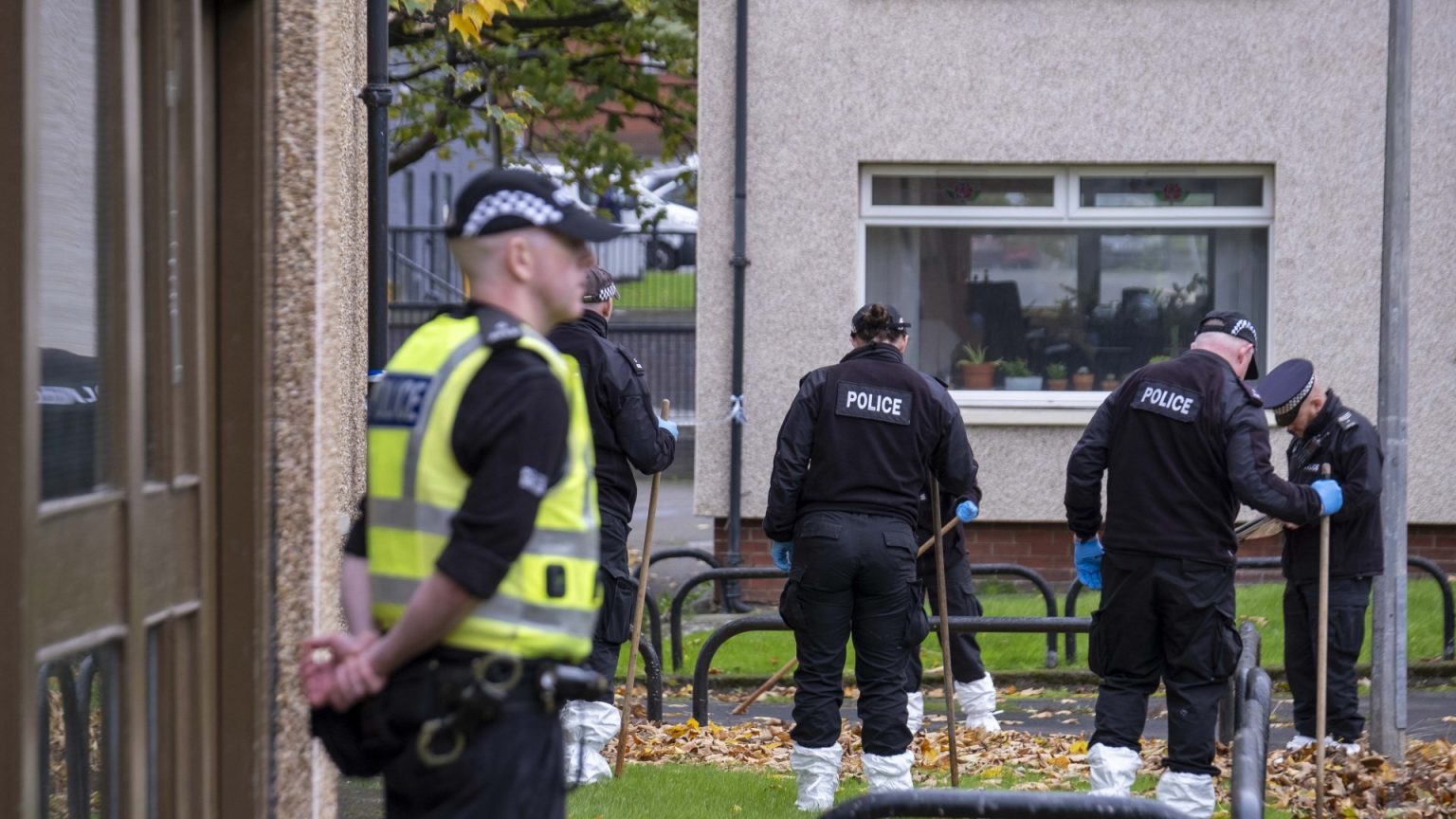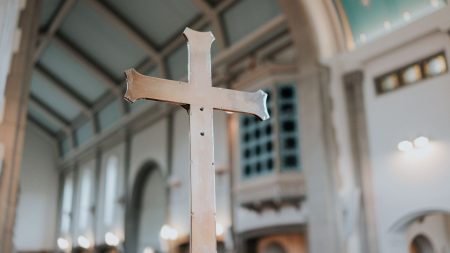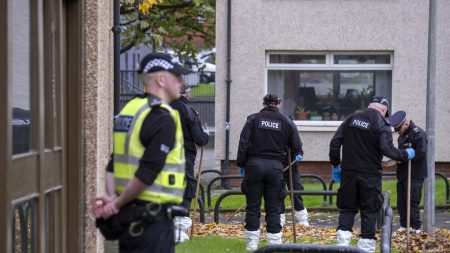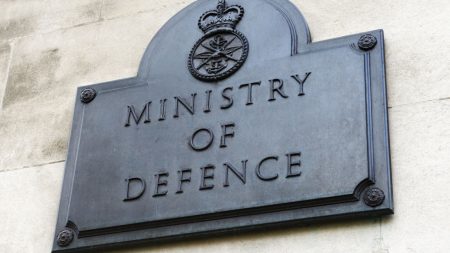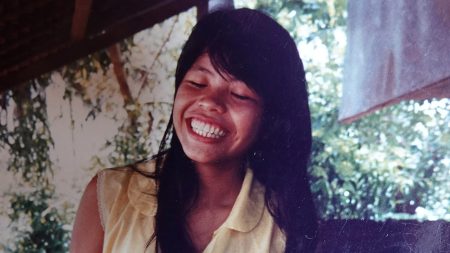The “Beastie House” case, a horrific tale of child abuse, continues to haunt the Glasgow neighborhood where it occurred. The flat, once infested with insects and reeking of neglect, served as the backdrop for unspeakable acts of depravity committed by a group of seven heroin addicts. They subjected a toddler to repeated rapes and abused other children, filming some of the assaults while encouraging each other. The details of the abuse, which included locking a child in a refrigerator and forcing her to eat dog food, have left a deep scar on the community. Some residents, unable to bear the weight of the horrors uncovered, have chosen to move away, while those who remain grapple with the heartbreak of knowing such atrocities happened so close to home. The flat has since been renovated and a new family has moved in, offering a glimmer of hope for healing and a fresh start.
Despite the physical transformation of the property, the emotional scars remain. The shadow of the “Beastie House” lingers, with some residents still avoiding walking past the building. The sense of unease persists, and the neighborhood, once viewed by some as simply deprived, is now considered unsafe by many. The case has profoundly altered the community’s perception of its own safety and well-being. The influx of drug users at the flat prior to the discovery of the abuse was a common sight, but residents were tragically unaware of the horrors unfolding behind closed doors. The “endless stream” of addicts coming and going was seen as a nuisance, not a red flag indicating the systematic abuse of vulnerable children.
The harrowing trial revealed the extent of the depravity, including “rape nights” and “dance and sex nights.” One of the victims referred to the flat as the “dark and scary beastie house” after being locked in a cupboard with a box of spiders. The seven perpetrators – Iain Owens, Elaine Lannery, Scott Forbes, Barry Watson, Lesley Ann Williams, Paul Brannan, and John Clark – were sentenced to a combined total of 93 years in prison. Four of them were also convicted of attempted murder for trying to put a child in a microwave oven. Marianne Gallagher received a separate conviction for assaulting a child.
The investigation itself came under scrutiny during the trial. An expert witness criticized the police’s handling of the interviews with the victims, describing them as a “gross violation” of established guidelines. The children initially came into contact with social services in 2017 and were identified as being at risk in 2018, but the full extent of their ordeal wasn’t uncovered until 2020, when a concerned individual alerted the authorities. This delay raises questions about the effectiveness of child protection services and the communication between different agencies.
The case tragically involved the deaths of three other suspects before the trial. Robert Brown, known as “Nae Legs,” died of a drug overdose following protests by residents demanding his removal from the area. Maureen McLellan and Steven McHendrie also passed away in non-suspicious circumstances. Their deaths prevented them from facing justice and further complicated the already complex legal proceedings. The surviving perpetrators displayed a chilling lack of remorse, seemingly oblivious to the gravity of their crimes, even as they were led away to begin their sentences.
Even Judge Lord Beckett, a seasoned veteran of the criminal justice system, expressed shock at the level of depravity in the case, admitting it was “beyond anything” he had ever encountered. The “Beastie House” case stands as a stark reminder of the dark underbelly of society and the vulnerability of children. It has prompted a Case Learning Review by Glasgow’s Child Protection Committee, aiming to identify systemic failures and improve safeguards for children at risk. Police Scotland has reiterated its commitment to protecting children from harm and abuse. The community, however, continues to grapple with the aftermath of this horrific case, striving to heal and rebuild trust.





